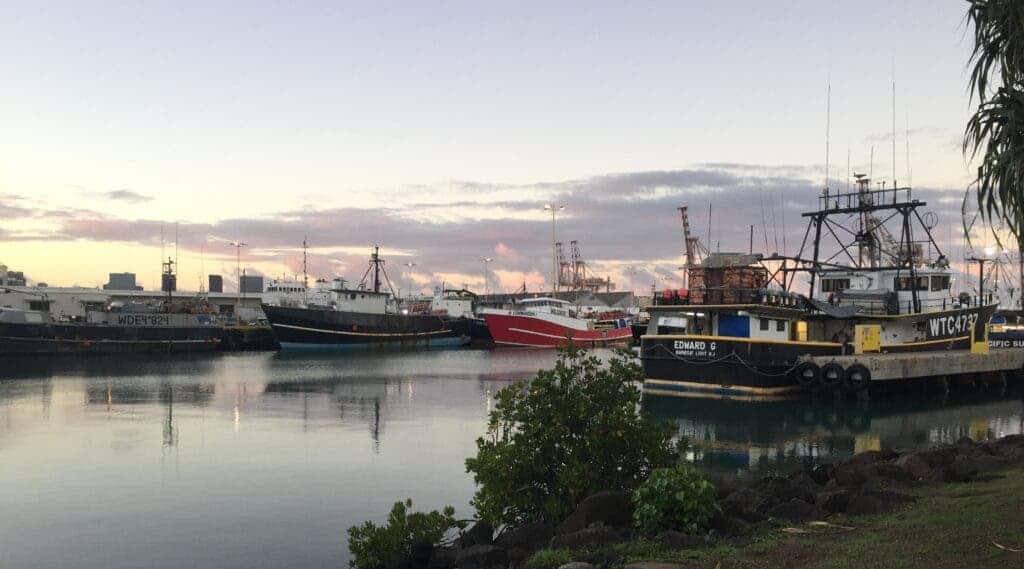Back in 2016, former US president Barack Obama created the world’s largest marine protected area by expanding the Papahānaumokuākea marine national monument in Hawaii. Now, scientists have found that the reserve, which covers 1.6 million square kilometers and is home to whales and turtles, has had unexpected positive effects in its surrounding area.

Large marine protected areas, or MPAs, are often put in place based on the promise that they will cause a recovery of migratory species and lead to an improvement in nearby areas. However, this was never shown conclusively, until now. Researchers from the University of Hawaii and the University of Wisconsin-Madison found concrete evidence of the benefits of the Hawaii MPA.
Catches of yellowfin tuna (Thunnus albacares) increased by 54% between 2016 and 2019 near the reserve, within which fishing is banned while catches of bigeye tuna (Thunnus obesus) increased by 12%. The findings provide support for creating new marine protected areas in other parts of the world, John Lynham, study author, told ZME Science.
“We show for the first time that a no-fishing zone can lead to the recovery and spillover of a migratory species like bigeye tuna,” said Lynham, a professor in the Department of Economics at the University of Hawaiʻi at Mānoa’s College of Social Sciences.
Spillover effects
For their study, Lynham and his team of researchers used data collected onboard fishing boats by scientific observers and found a significant increase in the catch rate of different species of tuna. The size of the no-fishing zone, almost four times the size of all the land in California, and the homing behavior of the tuna likely played a role in this, they added.
The largest increases in catches were registered at distances between 185 to 379 kilometers from the marine protected area’s border or about 100 to 200 nautical miles. As a control group for their study, they compared fish catches from 2016 to 2019 with catches between 2010 and 2013, before the reserve expanded. They didn’t find any spillover before 2016.

“Over the past 30 years, we have learned that tunas do not venture as far away from home as we once thought. The Hawaiian Islands are a nursery for baby yellowfin tuna, and it turns out that many of these fish stay in the region,” co-author Jennifer Raynor, forest and wildlife ecology professor at the University of Wisconsin-Madison, said in a statement
Papahānaumokuākea was first created in 2006 and then expanded by Obama in 2016 to protect biological and cultural resources, not only to generate benefits to the local tuna fishery (which is very relevant in the area). The area is run jointly by the federal government, the state of Hawaii, and native Hawaiians, and is considered sacred by many local residents.
Marine protected areas are sometimes set up by governments without prohibitions on commercial fishing, with ocean experts describing them as “paper parks.” However, in Papahānaumokuākea, commercial fishing is banned. This park, in contrast, has officers patrolling, as well as monitoring flights and visits by coastguard vessels to deter any fishing activity in the area — and the results show.
The study was published in the journal Science.









